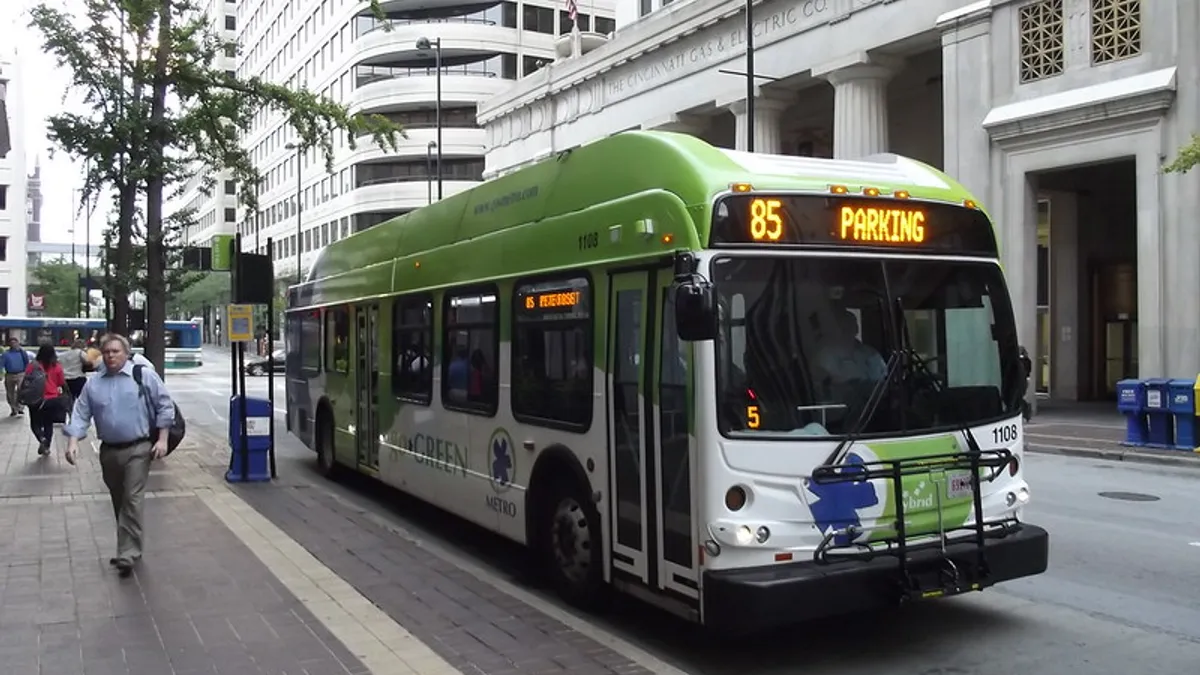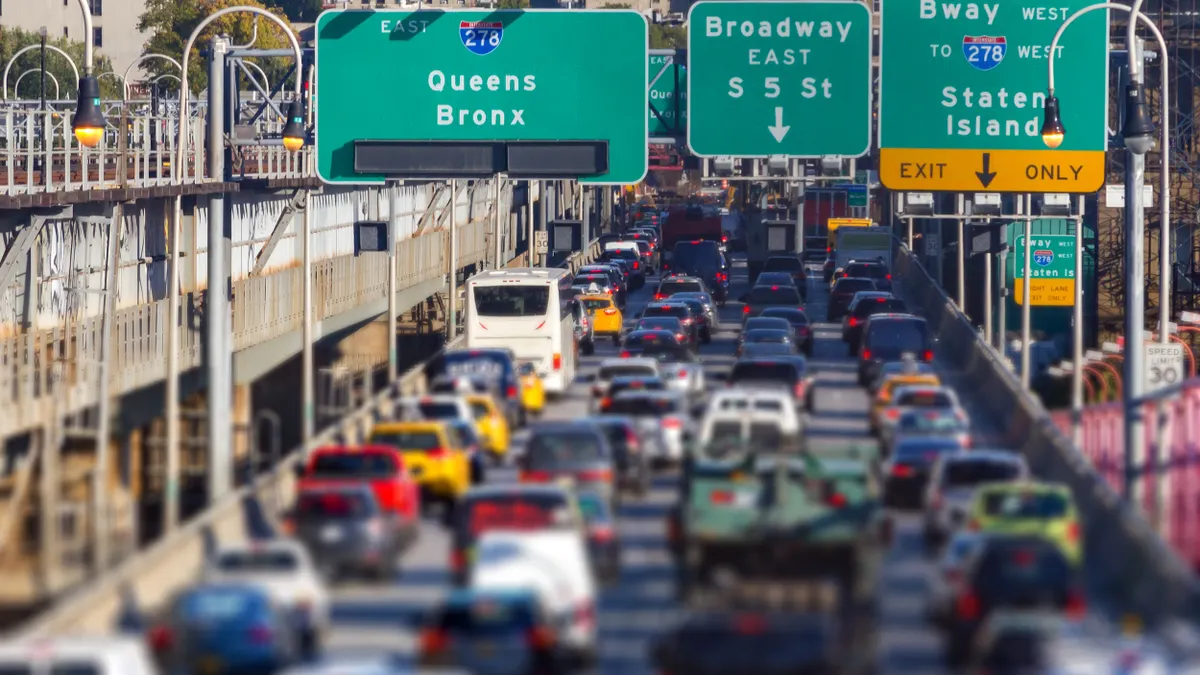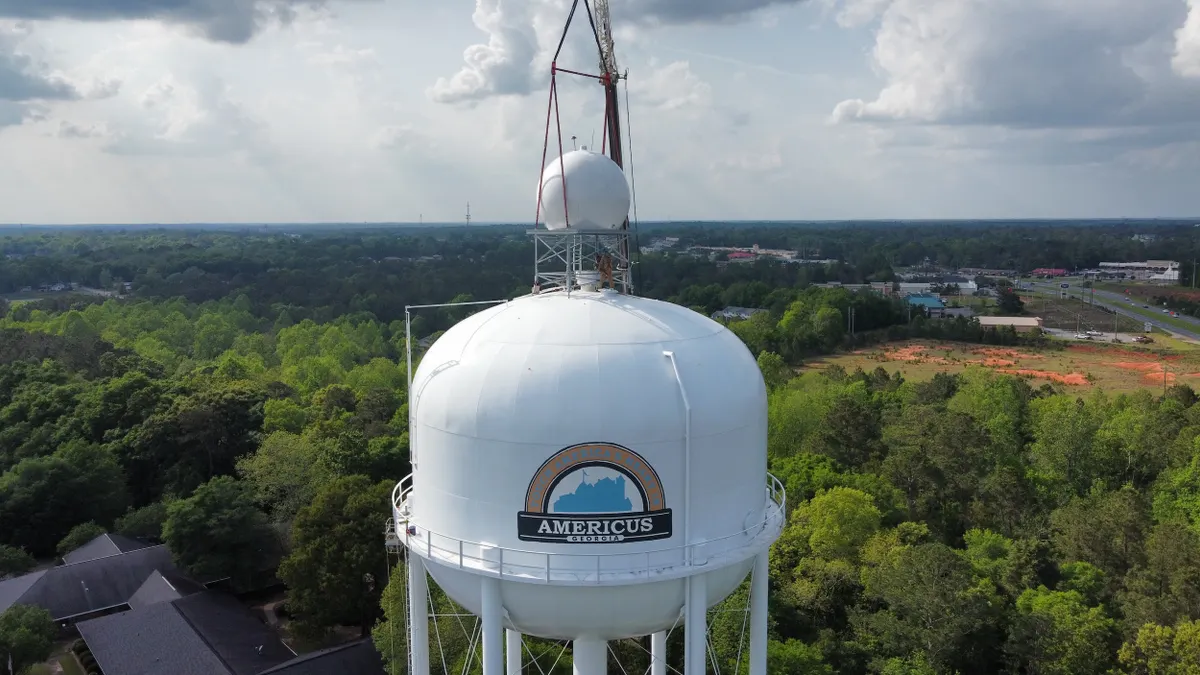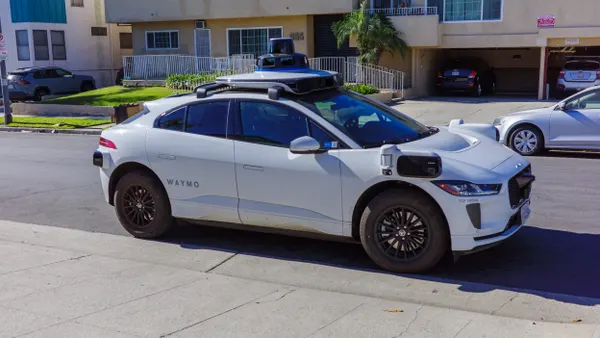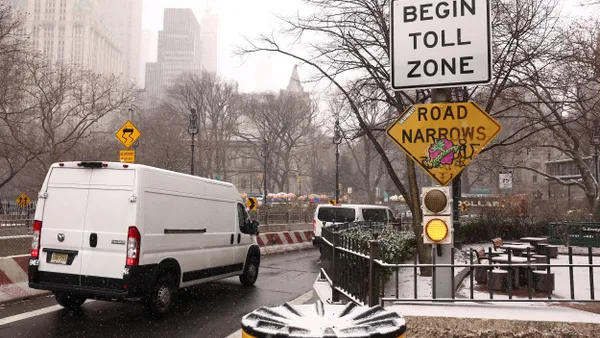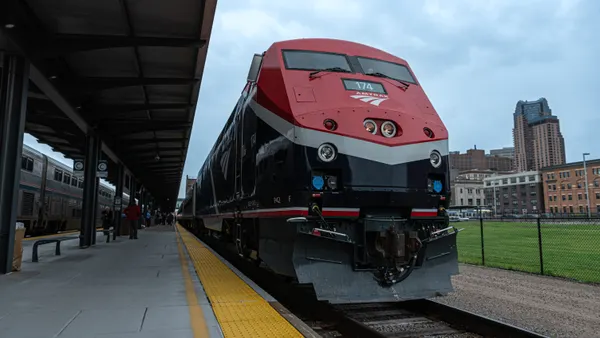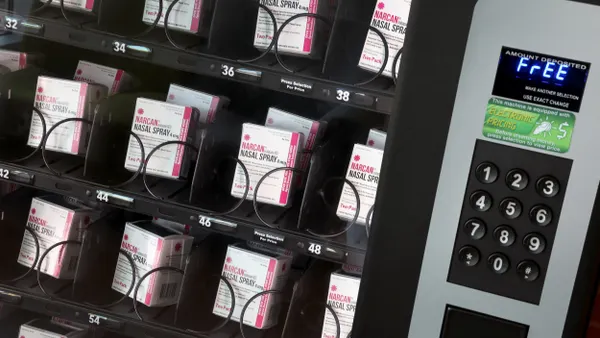Dive Brief:
- Hamilton County, OH residents, home to Cincinnati and its surrounding metropolitan area, voted in favor of a .8% sales tax increase to invest in public transit improvements and local infrastructure as part of an absentee voting election.
- The measure will help provide the resources for the Southern Ohio Regional Transit Authority (SORTA) to implement its "Reinventing Metro" plan, which aims to improve public transit in four areas: timely service, increased frequency, longer service hours and stronger customer amenities.
- The tax is expected to provide an additional $130 million annually for the next 25 years, according to a spokesman for local community engagement group Source Cincinnati.
Dive Insight:
Unlike most transit agencies primarily funded by sales tax, SORTA is largely funded by funds from the city's earnings tax, according to Source Cincinnati. The funding model has existed since the 1970s, and this vote was the fifth try in 50 years to "transfer the funding burden from the city to the county," the group said in a statement.
The vote involved a two-step process. The first step included increasing the county sales tax from 7% to 7.8% to fund improvements to bridges, infrastructure and bus service. The second part of the process included a .3% rollback of the city’s 2.1% earnings tax, which would replace Cincinnati Metro's main funding source with the earnings from the new county-wide sales tax.
A recent University of Cincinnati Economics Center study found that 75,000 healthcare and manufacturing jobs within Hamilton County currently cannot be reached by public transit. The funding can help residents get to their workplaces and destinations with more reliable, quick service.
"[Public transit is] often a really critical means of connection for frontline and essential workers," Emily Barkdoll, a city strategist at the Natural Resources Defense Council (NRDC), told Smart Cities Dive. "It’s really important to maintain a transportation system that allows continued connection and this funding will help strengthen the transit and make sure it’s there when we are able to fully return to an open economy."
Cincinnati is one of the 25 winners of Bloomberg Philanthropies' American Cities Climate Challenge winners. The recent vote should also help support the city’s greenhouse gas (GHG) emission reduction goals as bus trips can cut emissions by about a third compared to single-passenger car trips.
The city also recently released information about its plans to support its climate initiatives by building "the largest municipal solar array in the United States." The 100 megawatt solar installation will be built about 40 miles east of the city’s downtown and the 1,000 acre solar array would transition up to 30% of the city’s power from fossil fuels to renewables.
To keep up with all of our coverage on how the new coronavirus is impacting U.S. cities, visit our daily tracker.



